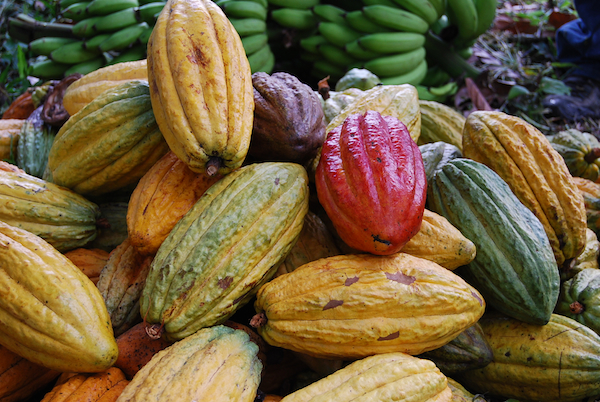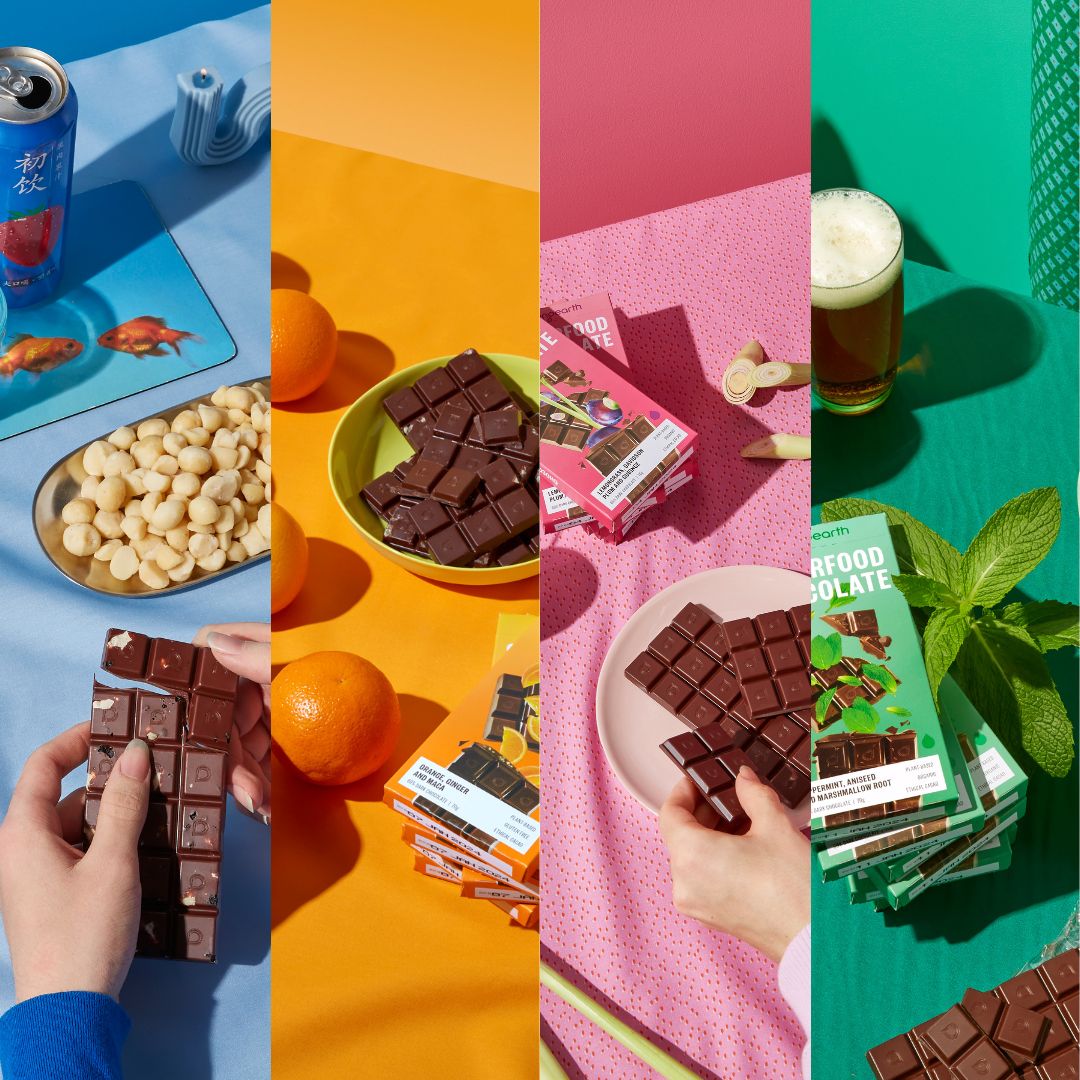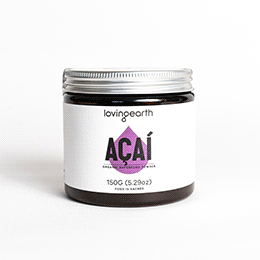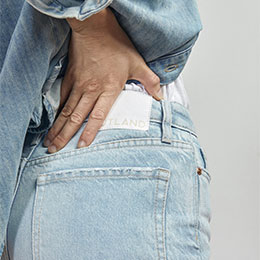
People often ask us about our chocolate. A single bite and they can tell that there's something a bit different going on here...this is partly due to the most basic element of the chocolate: the cacao. A little known fact about the innocent bean is that the heirloom variety, such as that used in our chocolate, is vastly different to the hybrid variety, which is found in the stuff made by most other chocolate maker...
Our heirloom cacao is incredibly aromatic, meaning that it's greatly affected by the biodiversity in which it's grown. Yet that's not the only reason that our chocolate is so fantastic; there are three main factors at work here:
1) the plants we use and how they're grown.
2) the alternative natural sweeteners we use.
3) the method of production.
Criollo Cacao - The Taste of Biodiversity
In much of the Amazon it's still possible to find wild cacao in the forest. You find these little pods which the locals call cacao chuncho: the original wild cacao. Over time, growers have taken these beans and carefully selected them to grow larger, but essentially it's that same family of wild cacao. They're called cacao criollos or “aromatic cacao” because the aroma in them is incredible, the grower has both a hybridised Trinitario variety and a Criollo Amazonico variety. Criollo basically means “heirloom”, so Venezualan criollo is different to Peruvian criollo or Mexican criollo, whereas all the African cacao and most of the commercially grown monocropped cacao in different parts of the world are hybridised versions. When you crack open the criollo cacao, this perfume comes out that smells amazing...the other just has no fragrance whatsoever. The difference between a real criollo cacao and a hybrid cacao can be compared to the difference between an organic (heirloom) tomato and a monocropped tomato: you'll notice the second you bite into it.
The aromatic variety produced the way that the Olmecs grew them is basically an ancient system of permaculture, which small groups of our Mayan and Peruvian growers still adhere to. The cacao, the criollos, they don't like the sun. They grow under the shade in the understory, where there'll be other fruit trees, followed by hardwood trees, and finally some bigger fruit trees like mango, coconut, avocados...maybe bananas or pawpaw. Each grower might have two or three cash crops, like cacao and citrus, or cacao and coffee, and then they grow other crops for their own consumption, such as coconuts or avocados. What happens is that the cacao actually takes on the flavour of the surrounding plants through the soil. If it's grown with a lot of coffee you'll get coffee notes...if it's grown with jasmine you'll get jasmine notes.
We had a batch of cacao that came from a co-op who were growing a lot of citrus - it was literally as if someone had put orange essential oil through the whole crop! Our current batch of cacao is full of these fragrant coffee notes which are just amazing. Now what's really interesting is that the more biodiverse the area of permaculture is, the more complex and unique the aroma and flavour of each cacao crop will become. Biodiversity is directly proportional to quality, meaning that cultivating our criollo cacao in such a way not only guarantees a beautifully diverse biological blueprint but also results in a gorgeously complex flavour. This is why we pay our carefully selected producers up to two or three times the world commodity price trading on the NY stock exchange...because it's the highest quality cacao in the world, produced under the best conditions and most rigorous guidelines.
The True Value of Cacao
The families of the main cooperative, Kemito Ene, we work with in Peru often have fifty or sixty different varieties of fruit trees that they grow. These are mostly edible plants that they regularly consume, meaning that in terms of food, our growers are self-sufficient. With a wide range of biodiversity and often two or three cash crops, there's a high level of sustainability there. Many growers around the world aren't quite so robust, in the sense that if they've got just one cash crop and it fails, then that's it. With this kind of biodiversity, producers are both growing their own food and they're not 100% reliant on the cash crop, which goes to provide extra income for the family, community infrastructure, education and so on.
One of the ways our producers differ from the majority of growers; something which allows them to become economically stronger and more self-sufficient is the practice of “value adding”. Worldwide, most producers sell their crops to buyers in the developed world, who double, triple or even quadruple the value by processing that crop. So while growers can earn a certain amount from the raw material that goes into the end product on the market, the majority of the money comes from “value adding” in the processing. Instead of just selling a fermented cacao bean, our growers add a huge amount of value to their crop by processing it into nibs, powder and butter.
See our post on how we make our bean-to-bar chocolate here.


